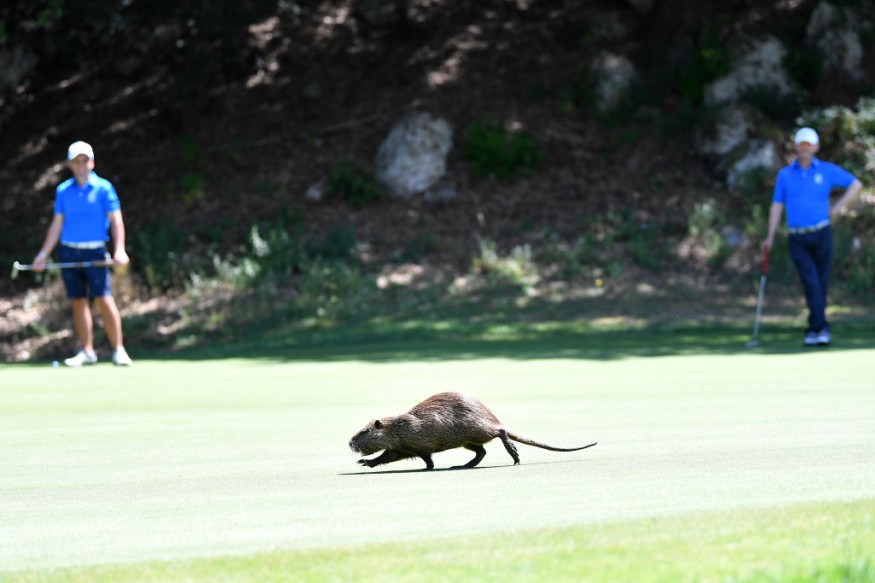
As the invasive nutria persists, marshes, riverbanks, and ecosystems are deteriorating in several areas of the US.
The invasive species has entered the US in recent decades.
Numerous states are taking action to eradicate the species before it decimates local wetlands, but some are already overrun, such as Louisiana. Nutria populations are expanding throughout an expanding area of the US.
Invasive Nutria
According to the National Invasive Species Information Center, the nutria is a big, semi-aquatic rodent with orange teeth that was introduced to the United States in 1889 for its fur. It is also known as a swamp beaver, nutria rat, coypu, and coypu rat.
While nutria may appear cute from a distance, they may consume up to 25% of their total weight in a single day and often weigh between 11 and 20 pounds, making them bigger than the average healthy housecat.
Nutria populations can grow rapidly because they can spawn all year round and have very few natural predators in the United States. A female nutria may give birth to up to 200 children in the little time she has, even though most of them only live for three years or less in the wild.
Havoc on Ecosystems
According to the Wall Street Journal, as well as the Internet Center for Wildlife Damage Management, nutria prefers to reside in marshes, swamps, and bayous since they are partially aquatic. Nutria may deplete the environment of marsh plants, leaving just water, and wreak havoc on the wider ecology if allowed to reproduce and grow established in certain locations.
Wetlands are essential for several reasons, as the United States Geological Survey notes. They contribute to the human population's need for clean water by assisting in its purification. They also act as a natural flood barrier, ensuring the safety of towns during severe weather occurrences.
In addition to providing food and refuge for several animal species, the vegetation in wetland regions helps prevent the erosion of extensive stretches of shoreline. Nutria destroys property, sources of water, and the environment simultaneously when they interfere with these natural systems.
Also Read : Herpes Virus Released in Waterways Could Take Out Invasive Carp Species in Australia, Control Plan Shows
Nutria Eradication Programs
The last known nutria was captured in Maryland in 2015, according to a Wall Street Journal story. To collect 14,000 nutria over hundreds of thousands of acres of land, took 20 years and $30 million. After searching for the invasive rodent species for a few more years, the state was eventually deemed nutria-free by scientists last year.
Other states with a nutria issue, including California, are adopting Maryland's approach, which included a methodical grid search and radio tagging of some nutria to aid researchers in finding others.
During a recent committee meeting, California lawmaker Josh Harder brought along a taxidermied nutria to inquire about the US Fish and Wildlife Services' planned budget cuts for managing the rodent population.
Louisiana, where the rodents have caused havoc, provides a $6 payment per nutria. Additionally, it encourages locals to kill and even consumes the creatures, which are said to taste similar to wild rabbits.
To reduce population, several regional chefs have expressed interest in using nutria in their dishes. Invasive lionfish and bullfrogs have recently been dealt with using a similar approach, The Cool Down reports.
Related Article : Maryland Eradicates Invasive Rodent Species Nutria at the Cost of $30 Million, Fears of Reinvasion Still Linger
© 2025 NatureWorldNews.com All rights reserved. Do not reproduce without permission.




